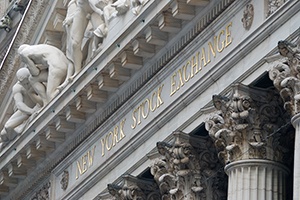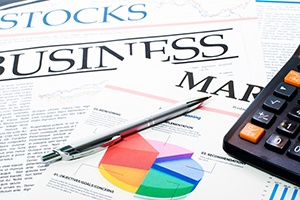Yesterday’s post ended with the idea that, if interest rates go up, market valuations will have to rise for many investors to meet their return goals. Based on the example we used, market valuations would have to increase by 3 percent per year for investors to see their required returns.












